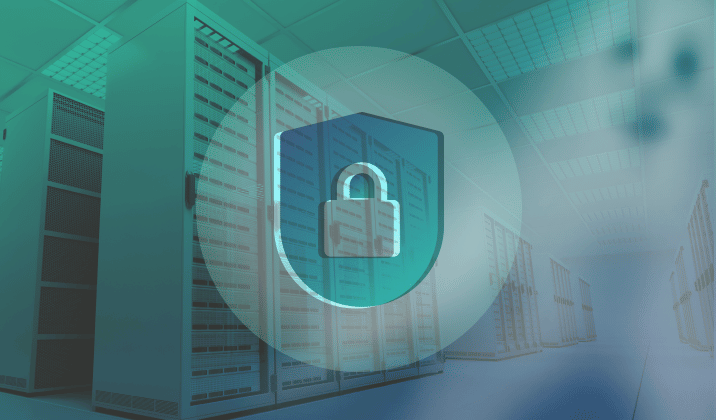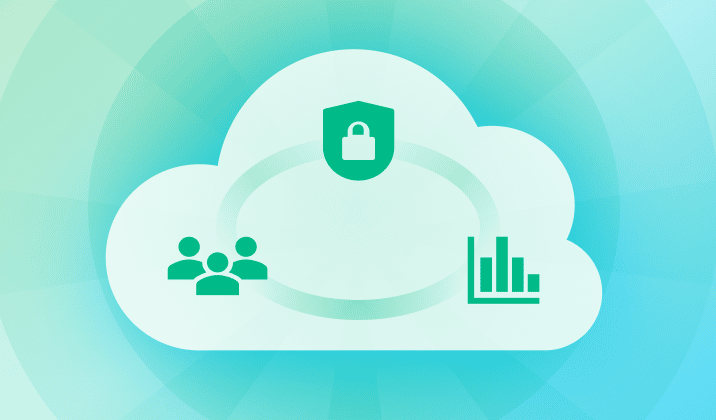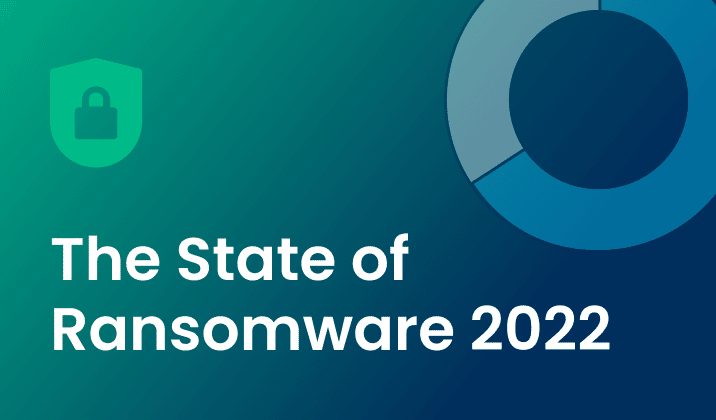Don’t Ghost Your Network—Begin Your Security Maturity Journey
Is your security keeping up with the rapidly changing threat landscape? If not, your security is becoming more obsolete by the day—and more vulnerable to scary things like hackers and ransomware by the second. When a company is fully protected with the most up to date hardware, software, monitoring, and consistent patching it begins to reach security maturity.
Security maturity is a consistent state of awareness concerning your network security and can only be achieved when you:
- Have an SOC to monitor and remediate threats
- Have looped vulnerability management
- Employ active defense with security intelligence from multiple sources to protect applications, networks, servers and workstations
- Are willing to adapt your security environment to new and changing threats on a constant basis, and more.
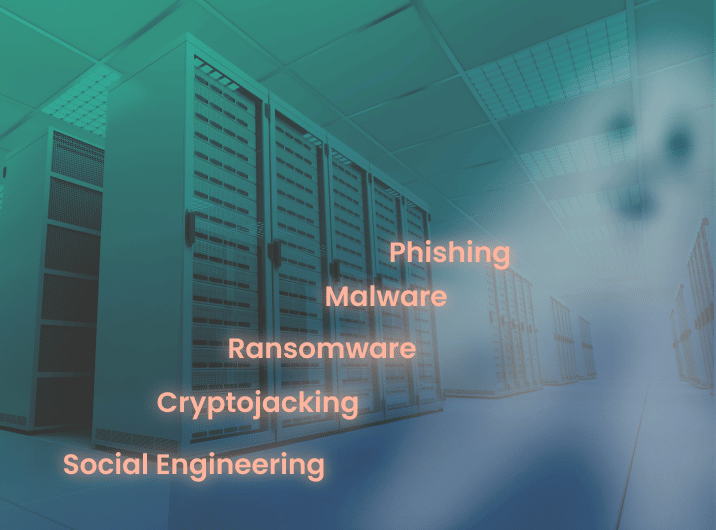
Be Proactive
Instead of relying on a passive security model—or worse, waiting until after a companywide infection—take an active role in your company’s security. The main goal of security maturity is to avoid or reduce the number of security incidents haunting your network. It’s kind of like painting San Francisco’s Golden Gate Bridge. As soon as the painting crew gets from one end to the other with a fresh coat of paint, it is time to start again to repaint the bridge. Security maturity requires constant action and change as your organization adapts to protect against the latest evolving threats.
We all observed remote work access change security and IT on a mass scale in 2020, and security changes continue to become more necessary as bad actors and threats become more and more dangerous to your business as it continues to grow and change—and more dangerous for your customers to do business with you.
October WSJ headlines highlight a Chicago healthcare system, one of the largest in the U.S., being the victim of ransomware that is forcing it to shut down electronic records, systems, and cancel patient appointments. It is now working with law enforcement and outside cybersecurity experts to remediate. A security maturity journey is hard to make on your own, and a good partner can ensure you are meeting the highest security standards possible. Here at Aunalytics, we include security in everything we do because we believe it is a basic building block of IT.
Find A Trusted Security Partner
Without a secure network, you cannot even begin to consider moving further into a security maturity journey. Fortunately, a partner can give you the peace of mind that you will be working with a talented security team that is watching your network 24/7/365, helping to ensure bad actors are caught and eradicated before your company is compromised.
A standard, one size fits all security solution simply doesn’t work anymore—it often leaves cracks, holes, and even chasms for hackers and cyberattacks to slip through. You can improve your journey from cybersecurity to security maturity with a trusted partner.
Click here to learn more.
Aunalytics Highlights Security Priorities as Cybersecurity Awareness Month Concludes
Company Recommends Cybersecurity Solutions to Better Protect Organizations Against High-Risk Cyber Attacks
South Bend, IN (October 28, 2022) – Aunalytics, a leading data management and analytics company delivering managed IT and data platform services for mid-sized and enterprise businesses, today highlighted top security priorities to follow when reinforcing defensive security strategies against malicious cyber threats. The guidance is provided as Cybersecurity Awareness Month comes to a close in October, after a month of focus on the subject.
According to Check Point Research (CPR), “2022 began with a massive exploitation of one of the most serious vulnerabilities on the internet, the Apache log4j, and continued with full blown cyber warfare from the Russia-Ukraine war. The second quarter of 2022 saw an all-time peak, where global cyber-attacks increased by 32%, compared to Q2 2021. The average weekly attacks per organization worldwide reached a peak of 1.2K attacks.”
In response to the rising number of attacks, Aunalytics is providing guidance and solutions to strengthen, educate and defend business IT systems and data from attack. These include having a comprehensive Vulnerability Management (VM) solution, Security Awareness Training, and beginning a Security Maturity Journey – all backed by Aunalytics’ expert cybersecurity team.
Aunalytics cybersecurity solutions experts recommend the following:
- Vulnerability Management (VM) – Replaces manual efforts to protect the network from bad actors using high quality equipment and tools that are typically limited to enterprise organizations. Without a VM solution in place, it is exceedingly difficult to find individuals who have slipped into the network. A VM solution is overseen by security professionals and discovers devices on a network, determines if they are vulnerable and fixes any underlying issues, while concurrently protecting the network as fixes are implemented.
- Security Awareness Training – Security management and training are crucial for businesses to avoid digital disasters. Security awareness training is necessary to educate employees about the digital dangers in their environment and how to properly deal with them. Aunalytics provides expert knowledge and toolsets that employees need in order to better protect the organization.
- Security Maturity Journey – If system security is not keeping up with the rapidly changing threat landscape, it will become obsolete and more vulnerable to bad actors. Security maturity means adapting and improving security as the environment changes and grows. It means taking strategic actions like deploying active defenses with the help of security intelligence from multiple sources. Businesses can evolve from a legacy security state to security maturity with the help of a trusted partner.
The growing threat of cybercrime is a risk to any organization connected to the Internet. Attacks can arrive in forms that include phishing, spear phishing, ransomware attacks, zero-day attacks, known vulnerability exploits, sensitive data breaches, brute-force attacks and more. Secure Managed Services by Aunalytics offers peace of mind in knowing that IT environments are monitored and managed at all times with the goal of eliminating the risk of data exfiltration or infrastructure downtime.
“End-to-end protection requires actions and defenses that consider the entirety of systems and software throughout an organization. It also means educating employees so they are ‘security aware’ to help reduce the number of threats that may enter through vulnerable endpoints,” said Steven Burdick, VP, Sales, Cloud & Managed Services. “Aunalytics protects organizations on their security journey, deploying a defensive cybersecurity framework that provides the technology and expertise for better security posture.”
About Aunalytics
Aunalytics is a leading data management and analytics company delivering Insights-as-a-Service for mid-sized businesses and enterprises. Selected for the prestigious Inc. 5000 list for two consecutive years as one of the nation’s fastest growing companies, Aunalytics offers managed IT services and managed analytics services, private cloud services, and a private cloud-native data platform for data management and analytics. The platform is built for universal data access, advanced analytics and AI — unifying distributed data silos into a single source of truth for highly accurate, actionable business information. Its DaybreakTM industry intelligent data mart combined with the power of the Aunalytics data platform provides industry-specific data models with built-in queries and AI for accurate mission-critical insights. To solve the talent gap that so many mid-sized businesses and enterprises located in secondary markets face, through its side-by-side digital transformation model, Aunalytics provides the technical talent needed for data management and analytics success in addition to its innovative technologies and tools. To learn more contact us at +1 855-799-DATA or visit Aunalytics at https://www.aunalytics.com or on Twitter and LinkedIn.
PR Contact:
Denise Nelson
The Ventana Group for Aunalytics
(925) 858-5198
dnelson@theventanagroup.com
Does Your Mid-Market Firm Have the Right Talent to Maximize Its Data Tech Investments?
Does Your Mid-Market Firm Have the Right Talent to Maximize Its Data Tech Investments?
Investing in digital transformation technologies can be a waste of money if your company forgets one important point. That point is, no matter how cutting edge the tech or tool may be, people are needed with specific technical expertise in order to derive true business value from these investments.
Unlike large enterprises, mid-market companies often try to find this expertise in their IT manager, hoping a jack-of-all-trades approach will take care of it. This is an unfortunate mistake, since it would require the IT manager to have unusual command over a long laundry list of duties, from data integration, ingestion, and preparation to data security, regulatory compliance, data science, and building pipelines of data ready for executive reporting from multiple cloud and on-premises environments. This is not just a tall order for a mid-market IT manager to pull off, but likely an impossible one.


To read more, please fill out the form below:
Featured Content
Nothing found.
2022 Annual CUSO Conference
2022 Annual CUSO Conference
TradeWinds Island Grand Resort, St. Petersburg, FL
Aunalytics to attend the 2021 Annual CUSO (Credit Union Service Organization) Conference
Aunalytics will be attending the Annual CUSO (Credit Union Service Organization) Conference as a lunch sponsor. Aunalytics has developed Daybreak™ for Financial Services, which enables credit unions to more effectively identify and deliver new services and solutions for their members so they can better compete with large national banks.

2022 Technology First Taste of IT Conference
2022 Technology First Taste of IT Conference
Sinclair Conference Center, Dayton, OH
Aunalytics to Attend Technology First's 2022 Taste of IT Conference as a Gold Sponsor
Aunalytics is proud to be a Gold Sponsor, and excited to join over 400 IT professionals at the Technology First Taste of IT Conference on in Dayton, Ohio. Aunalytics provides a wide variety of managed IT and security solutions, such as our Secure Managed Services offering which combines mission critical IT services leveraging zero trust end-to-end security to ensure people and data are protected regardless of location. In addition, our Advanced Security solution gives organizations access to cutting-edge technology and expertise of Aunalytics professionals to prevent and mitigate cyberattacks.
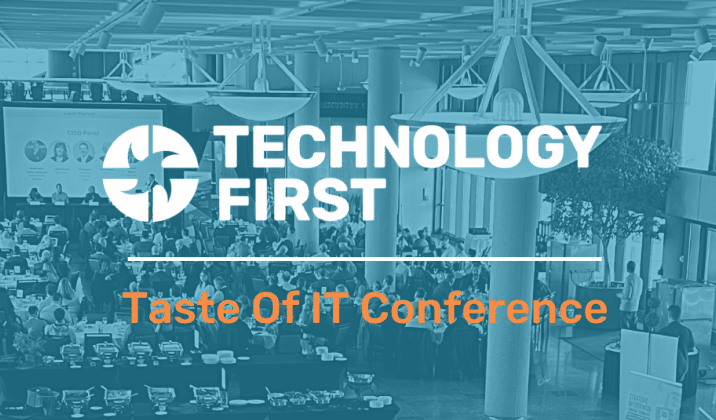
The Financial Brand Forum 2022
The Financial Brand Forum 2022
ARIA Hotel & Casino, Las Vegas, NV
Aunalytics to Attend the The Financial Brand Forum 2022 as a Gold Sponsor
Aunalytics is thrilled to attend the The Financial Brand Forum 2022 in Las Vegas, Nevada as a Gold Sponsor. Join Aunalytics at booth #413, where representatives will be demonstrating Daybreak™ for Financial Services, a cloud-native data platform which enables financial institutions to focus on critical business outcomes and make data-driven business decisions. Daybreak enables a variety of use cases through AI-driven insights, such as reducing customer churn, increasing wallet share, and optimizing branch allocation decision-making.

2022 Ohio Bankers League Annual Meeting
2022 Ohio Bankers League Annual Meeting
Hyatt Regency, Columbus OH
Aunalytics Excited to Attend the 2022 OBL Annual Meeting as a Reception Sponsor
Aunalytics is excited to attend the 2022 Ohio Bankers League (OBL) Annual Meeting as a Reception Sponsor. Aunalytics will be demonstrating Daybreak™ for Financial Services, a cloud-native data platform which enables community banks to focus on critical business outcomes and make data-driven business decisions in order to compete with large financial institutions.

Ransomware Attacks Pose An Increasing Threat to Businesses of All Sizes: The State of Ransomware 2022
Cyberattacks are a constant threat to organizations of all sizes. To better understand how the current attack environment and track how ransomware trends have changed over time, Sophos commissioned an independent, vendor-agnostic survey of 5,600 IT professional in mid-sized organizations across 31 countries. This survey was conducted in January and early February 2022. The results highlighted the increasing threat that ransomware poses, and the increased role cyber insurance is playing in driving organizations to improve their cyber defenses.
Cyberattacks are up from last year
Ransomware attacks have increased significantly over the past year—66% of organizations surveyed were hit by an attack in 2021, up 78% from the previous year. This is due in part to the ease at which bad actors are able to deploy attacks. The Ransomware-as-a-service mode has reduced the skill level needed to attack.
Not only are attacks more prevalent, but the attacks themselves are becoming more successful and more complex. In 2021, 65% of attacks resulted in data being encrypted, up from 54% in 2020. Fifty-nine percent of organizations who experienced cyberattacks saw the complexity of the attacks increase, while 57% saw an increase in the volume of cyberattacks overall.
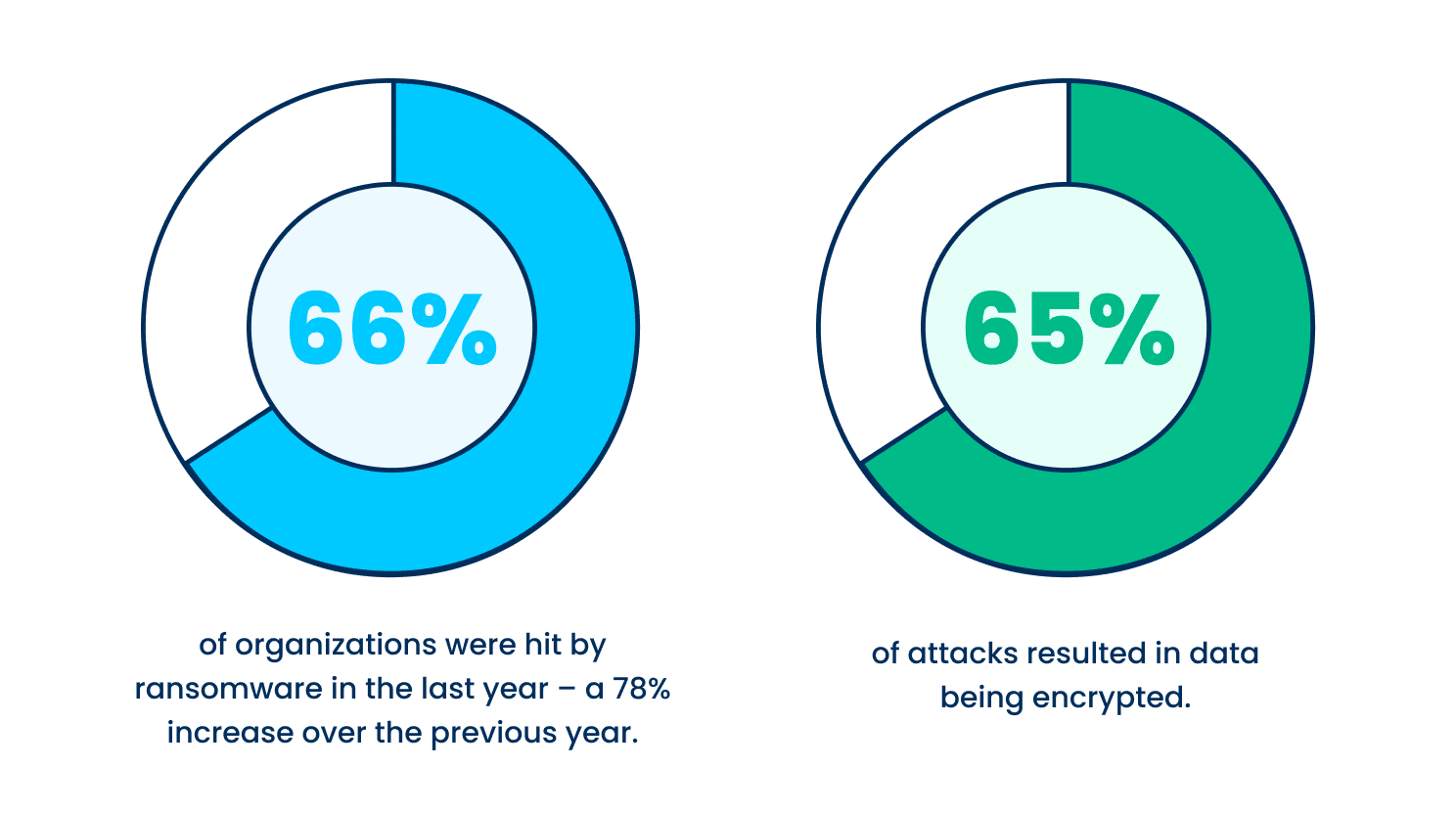
Data recovery rates are improving
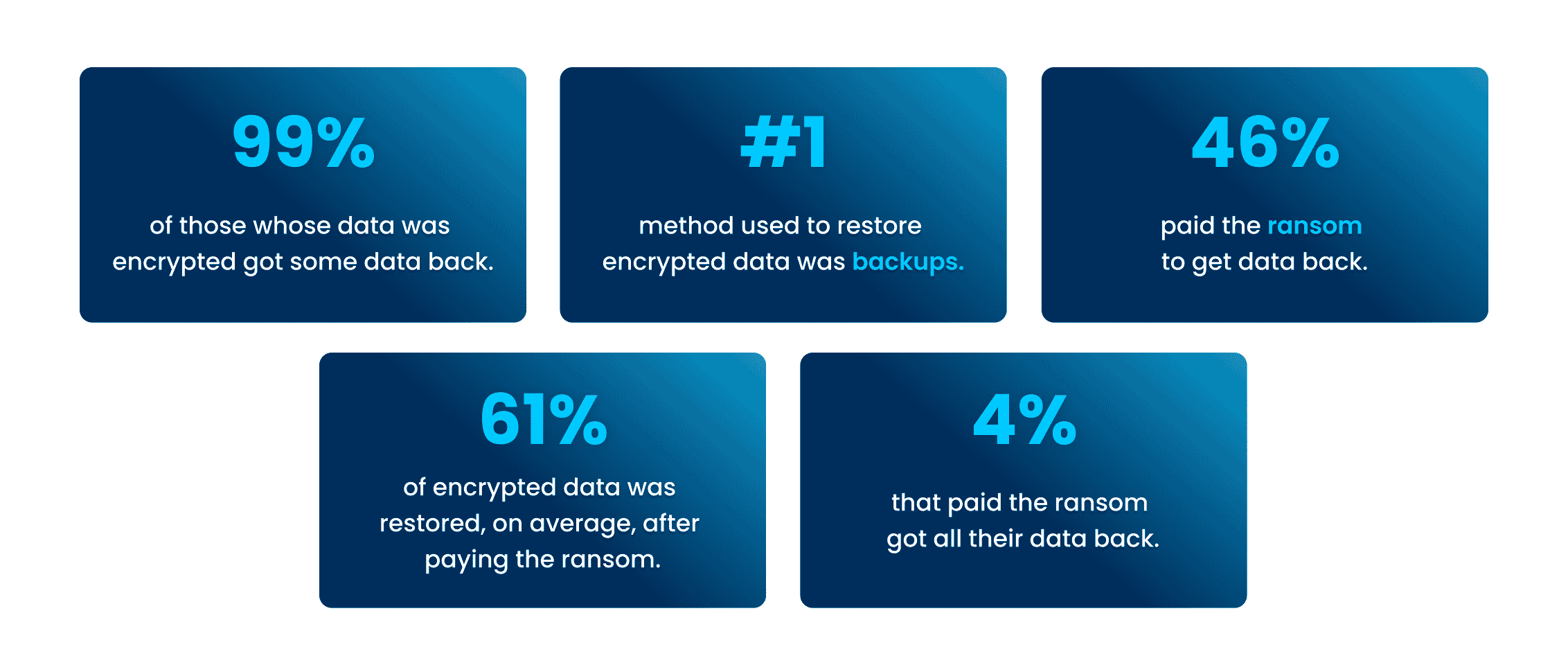
Despite the increase in attacks within the past year, there is some good news. Almost every organization surveyed (99%) were able to get some encrypted data back—up from 96% in 2020. The top method used to restore data was backups, which was used by 73% of organization whose data was encrypted in an attack. In addition to backups, a large portion—forty-six percent—paid a ransom to have their data restored.
Unfortunately, while paying a ransom typically allows organizations to get some data back, it is less effective than in years past at restoring data. On average, organizations that paid a ransom only got back 61% of their data, down from 65% the previous year, while only 4% of those that paid the ransom got ALL their data back in 2021, down from 8% in 2020. This highlights the importance of employing multiple methods to restore data—utilizing backups in particular can improve the speed of recovery and increase the amount of data that can be recovered.
Ransom payments have increased

Not only are ransoms less effective at restoring data than in previous years, but the amount of the payments themselves have increased considerably. Between 2020 and 2021 there was a threefold increase in the proportion of victims paying ransoms totaling US$1 million or more. The percentage paying the lowest ransom amounts decreased over that same time—from one in three (34%) to one in five (21%).

The average ransom payout increased 4.8X from 2020 data, from an average of US$170K to US$812,360 in 2021. However, the average ransom amount varies greatly across industries, with manufacturing and utilities coming in at the top of this survey with an average of US$2.04M and US$2.03M, respectively, while healthcare and local/state government had the lowest average ransom payments at US$197K and US$214K, respectively.
Ransomware greatly impacts companies, both economically and operationally
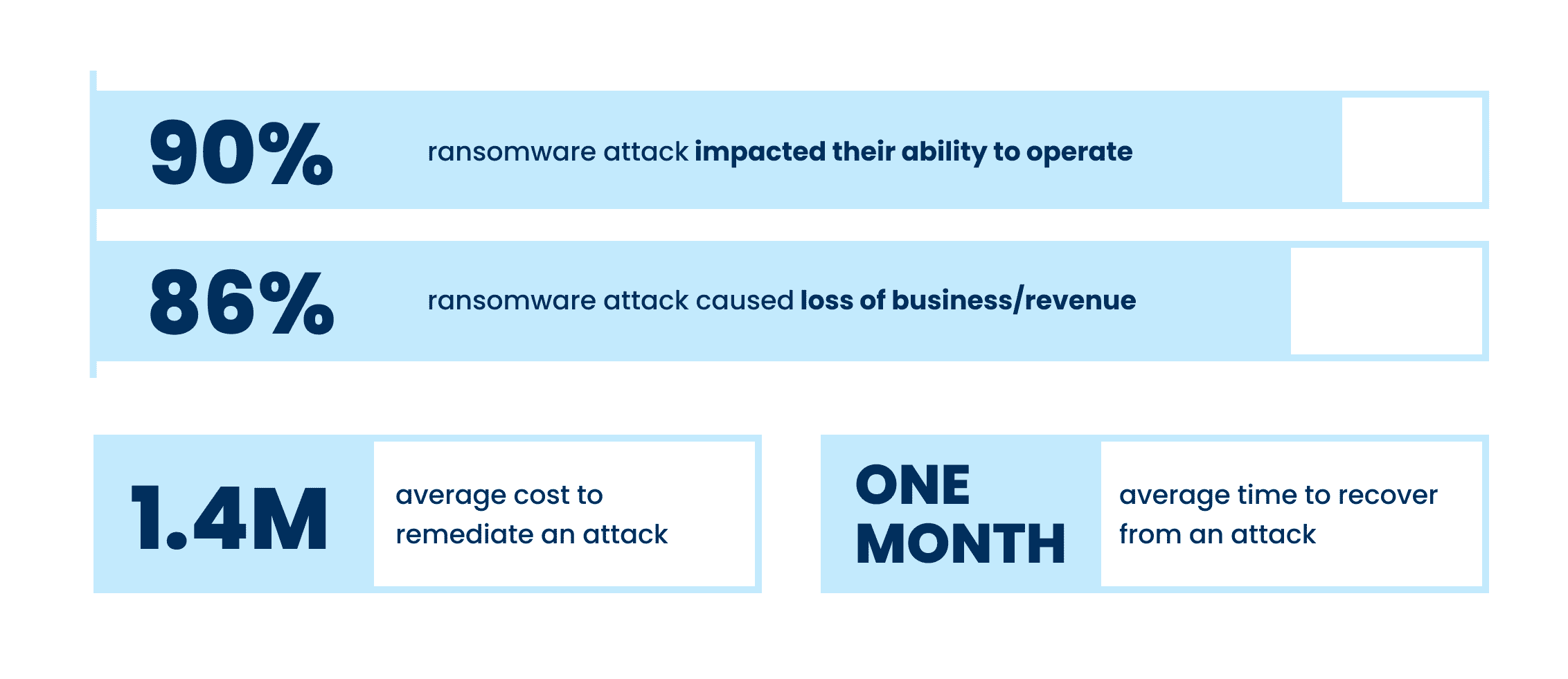
Even when some of all data is able to be restored after a cyber attack, the costs of loss productivity or inability to operate at all can be substantial. Of those hit by ransomware last year, 90% said their most significant attack impacted their ability to operate, while 86% said it caused them to lose business and/or revenue. The average cost to remediate an attack in 2021 was US$1.4M, which, thankfully was down from US$1.85M in 2020. This was due in part to cyber insurance providers being better able to guide victims through an effective response more rapidly.
Although there have been improvements in total recovery time over the years, it still took, on average, one month for organizations to fully recover from the most significant attacks. Those in higher education and central/federal government had the slowest average response times, at around 2-5 months, while manufacturing and financial services were the quickest, with the majority being able to recover in one month or less.
Despite the huge economic costs of ransomware attacks, many organizations are putting their faith in defense that don’t actually prevent ransomware—only more quickly mitigate its effects. Seventy-two percent of organizations in the survey who weren’t hit by ransomware in the past year and didn’t expect to be hit in the future cited backups and cyber insurance as reasons why they don’t anticipate an attack. Neither of these elements actually prevent attacks in the first place.
Simply having security resources in place does not necessary mean that they are effective. Of those surveyed who were hit by ransomware in the last year, 64% said they had more cybersecurity budget than they need, and 24% said they had the right amount of budget. Many of these organization also said they had more headcount or the right amount of headcount (65% and 23%, respectively. This reveals that despite having ample resources—both personnel and technology—organizations will not achieve a high return on investment without a combination of the right technology and expertise to use the technology effectively.
Cyber insurance drives changes to cyber defenses
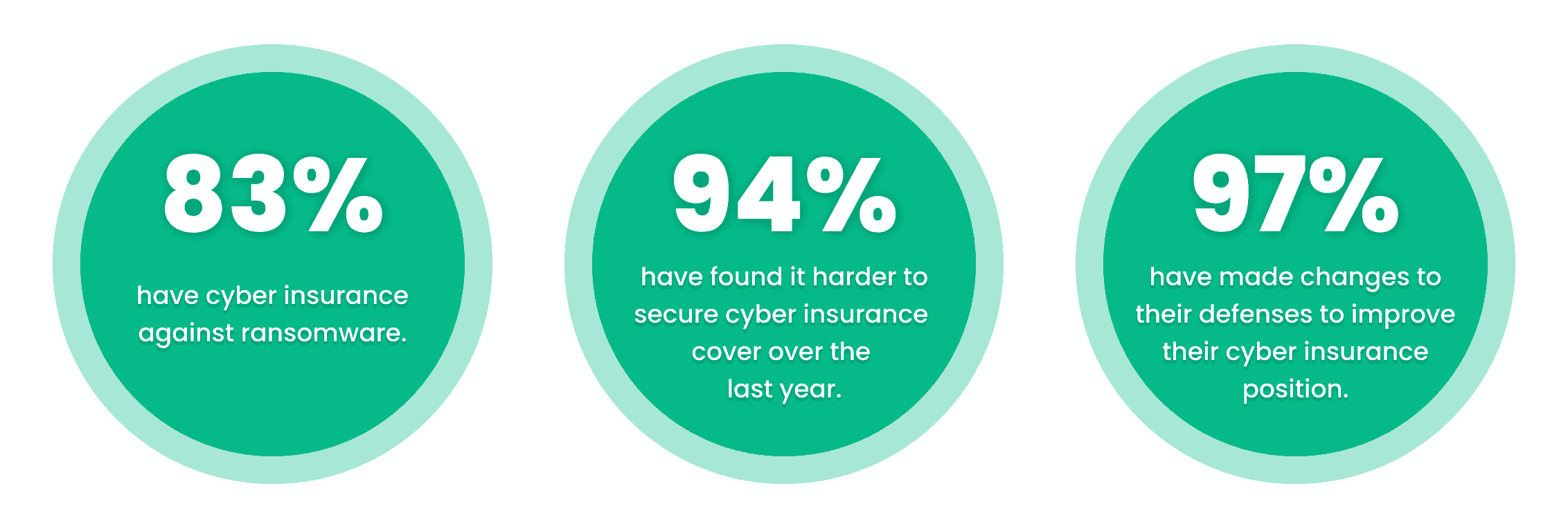
Thankfully, organizations do not have the shoulder the burden of ransomware costs all on their own. The survey found that four in five mid-sized organizations had insurance against ransomware attacks. However, 34% said there were exclusions/exceptions in their polices. Organizations that had been previous hit by ransomware attacks in the past were much more likely to have cyber insurance coverage against ransomware. However, many respondents indicated that securing coverage has changed in the past year, or gotten more difficult to obtain:
- 54% said the level of cybersecurity they need to qualify is now higher
- 47% said policies are now more complex
- 40% said fewer companies offer cyber insurance
- 37% said the process takes longer
- 34% said it is more expensive
As a result, 97% of organizations that have cyber insurance have made changes to their cyber defense to improve their cyber insurance position. 64% have implemented new technologies/services, 56% have increased staff training/education activities, and 52% have changed processes/behaviors.
Conclusion
The survey has revealed that ransomware continues to be an imminent threat for organizations of all sizes across industries. For many, choosing an experienced partner with expertise in cybersecurity not only improve their chances of getting approved for the right amount of cyber insurance coverage, but can ensure that they see an higher return on investment and improved ability to prevent and mitigate attacks in the future.
